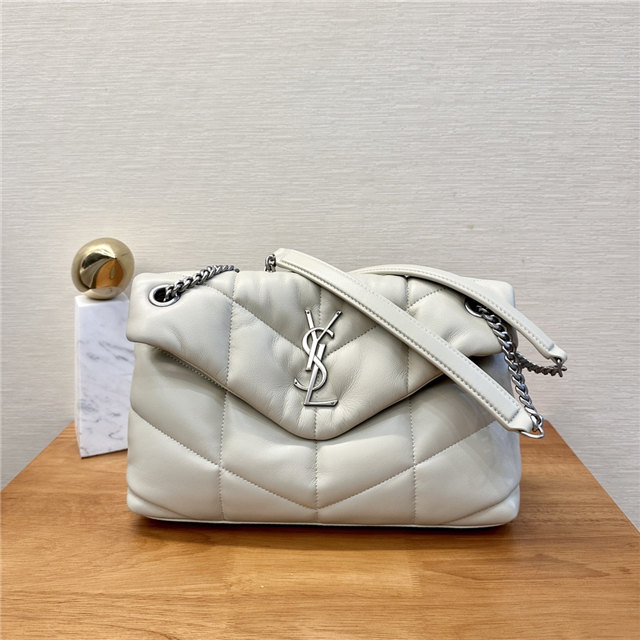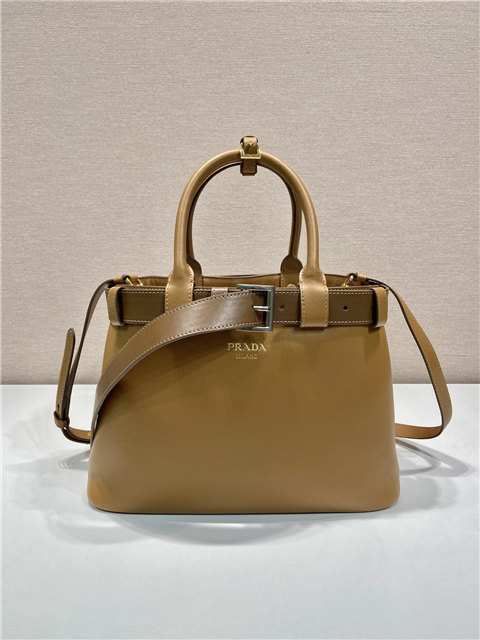Look, cloning your ESXi boot drive is usually a good idea, right? Backups are your best friend, especially when you’re talking about servers. Imagine the headache if that thing just *died* one day. You’d be scrambling!
Now, there are a million and one ways to skin this cat, and honestly, some are way better than others. I see you’ve been down the gparted live VM rabbit hole. Yeah, that can work, but it’s kinda clunky, if you ask me. It’s like using a spoon to dig a swimming pool. Possible, sure, but not exactly efficient.
I’ve seen people swearing by USB Image Tool too. It’s pretty straightforward, I gotta admit. Plug in your source drive, fire up the tool, select “device mode,” pick your drive, and hit “backup.” Boom, you’re supposedly making a copy. But, and this is a BIG but, sometimes it just… doesn’t work, ya know? It’s like the computer gods are laughing at you.
Then there’s the vmkfstools route, which I only saw mentioned once in the documentation you provided, but that’s usually for VMDK cloning, not so much for the *boot* drive itself. Still, might be worth a shot if you’re desperate.
And then you gotta deal with the whole “ESXi on USB” thing. Here’s the kicker: VMware is kinda moving *away* from using USB drives for booting newer ESXi versions. They’re pushing for SSDs or other more reliable options. Why? Probably because USB flash drives, especially cheap ones, just aren’t all that reliable in the long run. I mean, they’re great for storing vacation photos, but running an entire hypervisor off of one? Ehhh, risky business.
So, what’s the best way? Honestly, it depends. If your Xserve is running v6.0U2, you’re probably stuck with USB or SD card for booting, so cloning is crucial. I’d say try the USB Image Tool first. Keep it simple. If that fails, gparted is a decent backup. Just make sure you’re backing up to a *reliable* drive.
And here’s my two cents (which are probably worth less than two cents in this economy, haha): seriously consider migrating to a more modern setup if you can. Ditching the USB boot drive for an SSD will save you headaches down the road. It’s just… better. Trust me.

















